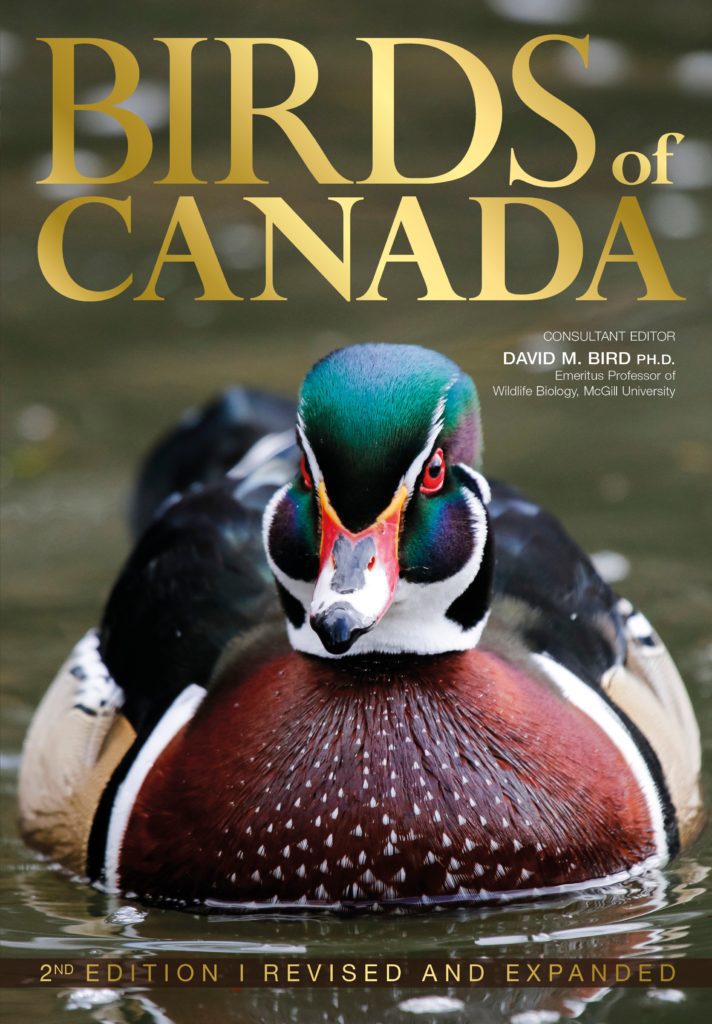
In 2010 we were overjoyed to receive a wonderful new book covering only Canadian birds. You can read my review of Birds of Canada here.
Now the publishers have released a revised and expanded version, which is just as spectacular as the first version.
The full page profile pages remain the same, and continue to be the most useful of any bird guide. Not only do they help you identify the bird, they show you similar species (extremely helpful) and teach you a bit about the life of the bird.
While the birds themselves never change, their ranges and scientific status often do and this book brings us up to date. I was particularly glad to see a new full page profile of the White-faced Ibis, for example. These magnificent birds have been expanding their range northward and can now be found in many areas of southern Alberta. They are not listed in any of my other bird books.
The Common Gallinule has replaced the Common Moorhen in the book. The Common Moorhen used to comprise various subspecies that ranged through Europe and NA, and the NA species has now been split off into its own separate species with a new name of Common Gallinule.
The Pacific Wren is a new species split off from the Winter Wren. (Good luck with identifying these two little guys – rely heavily on the range maps!)
Some common names have been changed:
- Whip-poor-will has been renamed the Eastern Whip-poor-will
- Yellow Wagtail has been renamed the Eastern Yellow Wagtail
- Nelson’s Sharp-tailed Sparrow has been renamed Nelson’s Sparrow
- Ringed Plover has been renamed the Common Ringed Plover
Six species have moved from the vagrant birds to the rare birds section, and now have a quarter-page profile instead of just a listing. Four new species have been added to vagrant birds section.
For those of you who are really into the nitty gritty of birds, this book brings you the most up to date taxonomic changes (changes to order, family, genus, or species).
- Gannets and Cormorants used to be classified with Pelicans under the order Pelecaniformes, and now they are part of the order Suliformes and have been moved out of the Pelicans chapter into their own chapter.
- Ibises and Herons have been added to the Pelicans chapter as they have been moved to the order Pelecaniformes
- The Birds of Prey chapter has been split into two, as a number of the birds have been moved out of the Falconiformes order into the Accipitriformes order. Now one chapter covers Hawks, Eagles, and Vultures (Accipitriformes), and the other chapter covers Falcons (Falconiformes)
- Longspurs and Snow Buntings have been moved out of the Sparrows chapter into their own, as they have been moved to a new family Calcariidae from the family Emberizidae
- The biggest change is in the Wood Warblers chapter, where many Warblers formerly in the Dendroica genus were moved to the Setophaga genus.


